Vallejo built the LWS in the late 1800’s to serve the needs of its own municipal population. Over the years, the City allowed a handful of non-residents to connect to and receive water from the LWS. For almost 100 years, Vallejo and the non-resident customers shared in the cost of maintaining the City’s municipal water system. However, in 1992, the City made a unilateral decision to stop using and paying for LWS water. This decision meant that the remaining LWS customers were left paying for a large waterworks system that was constructed to serve a much larger municipal population. Since that time, Vallejo has shifted the significant costs of maintaining, operating, upgrading, and repairing the aged system to approximately 800 families, businesses, schools and churches outside of city limits.
Vallejo has completed only minimal maintenance on the LWS since its creation over a century ago. Today, 74% of LWS infrastructure is more than 30 years beyond its useful life. The system is so run-down that the City has avoided testing parts of it to ensure capacity for fire-fighting for fear of damaging the aging pipes. The cost of replacing this infrastructure is $24 million. Within 10 years, an additional $6 million in deferred improvements will be needed.
“The City of Vallejo has shirked its responsibility and chronically neglected the Lakes Water System. It is simply unconscionable for Vallejo to place the full burden of repairing and maintaining this decrepit system on our small community,” noted Bill Mayben, president of the Green Valley Landowners’ Association. “Even worse, the cash-strapped City appears to be making plans to sell our water source to a private for-profit corporation. If that happens, the private owner could pass the cost of a century’s worth of repairs plus profit onto a tiny fraction of users the system was intended to serve.”
The lawsuit was brought by GVLA on behalf of the 800 families in Green Valley, Gordon Valley, Cordelia, Willotta Oaks and American Canyon – the remaining Lakes Water System customers. Property values for LWS customers are projected to drop by nearly $70 million should a private utility take over the system.
“While GVLA has been working with the City of Vallejo for a decade in an effort to find a reasonable path forward for LWS customers, the threat of privatization and further dramatic rate increases have led to this lawsuit,” said attorney Stephen M. Flynn, who represents the GVLA on this matter. “Mayor Davis and the other City Council members have been notably absent in this effort to ensure that Vallejo meets is legal, ethical and fiduciary obligations to these homeowners.”
In addition to concerns about the costs of repairing the aging system, LWS customers allege in the lawsuit that Vallejo illegally imposed a surcharge to fund repairs but did not keep these funds in a dedicated account as required by law. The City of Vallejo has been unwilling, or unable, to provide GVLA with an accounting of such funds, and therefore the lawsuit alleges that the City may have inappropriately used such funds to supplement its General Fund. There is no evidence that any maintenance or repairs were paid for by the surcharge funds collected.
GVLA estimates that, if the lawsuit is successful, the City of Vallejo will ultimately need to pay more than $70 million to adequately respond to the issues alleged in the complaint. These funds would include $3 million per year in operational costs over ten years, in addition to $30 million in required capital improvements and $12 million in damages.
When given 45 days to respond to the LWS grievance, the City of Vallejo failed to engage in meaningful negotiations and has refused multiple offers to mediate the dispute. GVLA therefore felt it had no choice but to file its class action lawsuit.
For a copy of the legal complaint or to arrange interviews, please contact Nina Erlich-Williams at nina@publicgoodpr.com or 510-336-9566.
Background
The Lakes Water System (LWS) was built by the City of Vallejo in the late 1800’s. The system was Vallejo’s only source of water for approximately sixty years. The LWS consists of three reservoirs in the hills above Green Valley and in Napa’s Gordon Valley and a network of pipes and other infrastructure designed to transport water primarily to the benefit of Vallejo residents. Water from these reservoirs was, until recently, transmitted by large, municipal-sized pipes over 20 miles to Vallejo.
Although the LWS was constructed to provide water to Vallejo, the City agreed to provide water from the system to a handful of properties outside of city limits. Today, approximately 800 families in Green Valley, Gordon Valley, Cordelia, Willotta Oaks and American Canyon are LWS customers.
In 1992, Vallejo unexpectedly passed an ordinance shifting 100% of the cost of running and maintaining the LWS onto the approximately 800 customers located beyond city borders. Water bills for the remaining 800 non-resident families in Solano and Napa counties have since skyrocketed to some of the highest in the state.
Vallejo has indicated it intends to sell the LWS to a private investor-owned utility. According to California law, private utilities are permitted to recoup their investment in addition to earning a profit. If the system is sold as-is to a private utility, current estimates show that the average water bill for the remaining 800 residential customers would be approximately $7,000 per year or more. Experience in other California cities, such as Felton, Ojai and Dillon Beach, indicate that investor-owned water utilities have a track record of charging exorbitant prices to their customers.
A spike in water costs is also likely to increase public safety risks in upper Green Valley and Gordon Valley, where homeowners rely solely on LWS water for household uses and fire protection.
